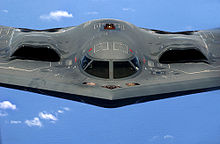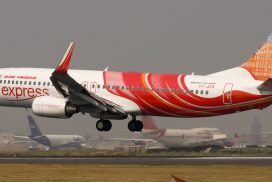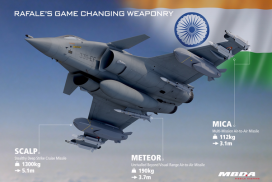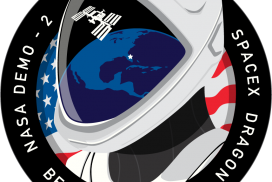 Under contract to the U.S. Air Force, Northrop Grumman Corporation’s B-2 Spirit stealth bomber has completed its first 18.5-hour sortie over the North Pole to validate new flight management software. The computer upgrade system, which is the cornerstone for all future B-2 upgrades, is now ready to enter low-rate initial production.The Extremely High Frequency (EHF) Increment 1 system verification review demonstrated the computer upgrade program successfully satisfied the government’s requirements. The sortie also included air-refueling to and from the North Pole from Edwards Air Force Base, Calif.
Under contract to the U.S. Air Force, Northrop Grumman Corporation’s B-2 Spirit stealth bomber has completed its first 18.5-hour sortie over the North Pole to validate new flight management software. The computer upgrade system, which is the cornerstone for all future B-2 upgrades, is now ready to enter low-rate initial production.The Extremely High Frequency (EHF) Increment 1 system verification review demonstrated the computer upgrade program successfully satisfied the government’s requirements. The sortie also included air-refueling to and from the North Pole from Edwards Air Force Base, Calif.
The verification reviews and flight test were the culmination of over two years of detailed planning and coordination between Northrop Grumman, the Air Force and multiple suppliers to verify hardware, software and process requirements. The flight mission was led by the Combined Test Force team at Edwards Air Force Base, Calif.
“A successful event of this magnitude on a program this size is a testament to the common vision and team-centric approach that the Increment 1 team utilized,” said Josh Foster, Northrop Grumman’s EHF Increment 1 integrated project team lead. “By bringing forward lessons learned, best practices and core leadership, and merging this with innovative and detailed planning, the team was able to effectively manage cost and schedule to meet our contract commitments.”
The B-2 Spirit stealth bomber remains the only long-range, large-payload aircraft that can penetrate deeply into protected airspace. In concert with the Air Force’s air superiority fleet, which provides airspace control, and the Air Force’s tanker fleet, which enables global mobility, the B-2 helps ensure an effective U.S. response to threats anywhere in the world.
The B-2 can fly more than 6,000 nautical miles unrefueled and more than 10,000 nautical miles with just one aerial refueling, giving it the ability to reach any point on the globe within hours.
The Northrop Grumman B-2 Spirit (also known as the Stealth Bomber) is an American heavy bomber, featuring low observable stealth technology designed for penetrating dense anti-aircraft defenses; it is able to deploy both conventional and nuclear weapons. The bomber has a crew of two and can drop up to eighty 500 lb (230 kg)-class JDAM GPS-guided bombs, or sixteen 2,400 lb (1,100 kg) B83 nuclear bombs. The B-2 is the only aircraft that can carry large air to surface standoff weapons in a stealth configuration.
Because of its considerable capital and operational costs, the project was controversial in the U.S. Congress and among the Joint Chiefs of Staff. The winding-down of the Cold War in the later portion of the 1980s dramatically reduced the need for the aircraft, which was designed with the intention of penetrating Soviet airspace and attacking high-value targets. During the late 1980s and early 1990s, the Congress slashed initial plans to purchase 132 bombers to 21. In 2008, a B-2 was destroyed in a crash shortly after takeoff, the crew ejected safely.



